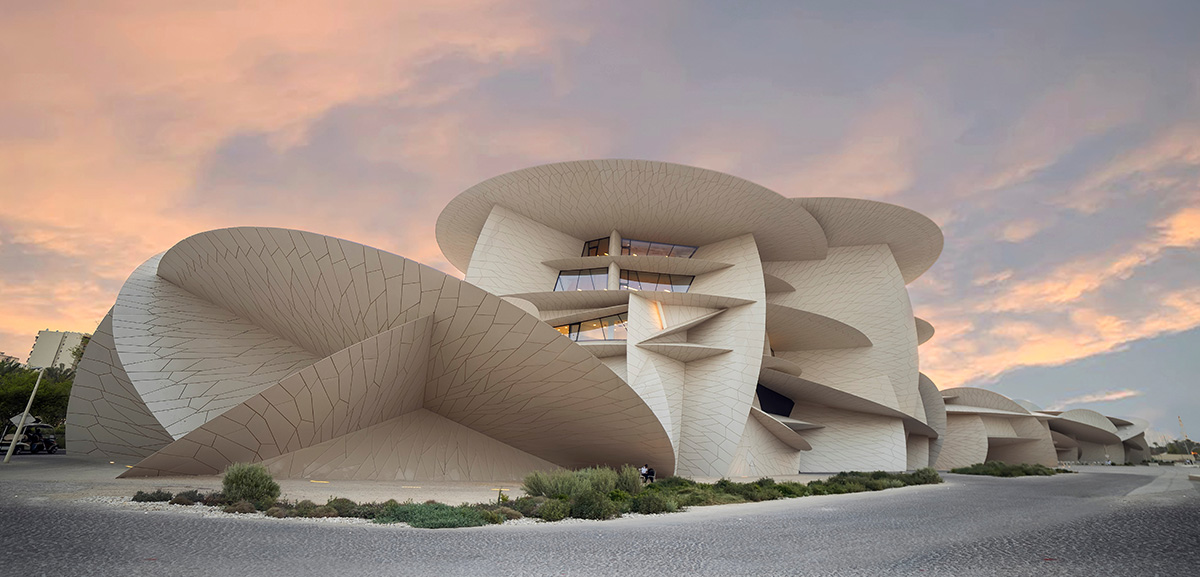With two-thirds of the U.S. experiencing a heat wave, it seems like a good time to talk about air conditioning. According to the annual Characteristics of New Housing data released by the Census Bureau early this month, 94% of the new housing units completed in the U.S. in 2018 came with it built in, up from 65% in 1974.

The Peninsula Qatar
My first thought was that this might be a result of the southward shift of the U.S. population, and that is part of it. But air conditioning has made its biggest market-share gains outside the South.
If you’re wondering about those big ups and downs in the West, they mainly have to do with where new houses were being built, with peaks in the above chart reflecting construction peaks in hot, inland metropolitan areas such as Las Vegas, Phoenix and Riverside-San Bernardino, California. Along the Arctic-current-cooled West Coast, many home buyers are still willing to do without AC.
One striking aspect of the above chart is how much closer together the lines have gotten: In 1973, a new house in the South was almost five times more likely to have air conditioning than one in the Northeast; now the ratio is just 1.2 to 1. When one looks at air conditioning in existing homes, though, as the Energy Information Administration does every few years in its Residential Energy Consumption Survey, some interesting regional differences remain.
Eighty-seven percent of U.S. households had some kind of air conditioning in 2015, up from 55.6% in 1978. During that period, the percentage of households with central air almost tripled, to 64.4% from 22.6%. But the Northeast (New England and the Middle Atlantic) has been a pronounced laggard on the central-air front, mainly because it has added much less new housing relative to the existing housing stock than other parts of the country. The median year of construction of existing houses and apartments is 1966 in New England and 1960 in the Middle Atlantic. In the South Atlantic and West South Central (aka Texas and three much-smaller neighbors) census divisions, it’s 1985, and in the Mountain states, it’s 1987. Retrofitting older dwellings with central air can be expensive and, in the case of many apartments, more or less impossible. So people make do with window units.
One major driver of air conditioning’s rise is prosperity. Rising incomes and rising consumer expectations, abetted by better, more efficient air conditioners, have brought cooler indoor air. Income remains a predictor of how likely one is to have AC: Among U.S. households with incomes of $20,000 or less in 2015, 80.3% had air conditioning and 44.1% had central air. Of households with incomes of $120,000 or more, that was 92.9% and 80.4% – and I would guess that the 7.1% with no AC are heavily concentrated in naturally air-conditioned places like San Francisco; Seattle; Laguna Beach, California; Aspen, Colorado; and Bar Harbor, Maine, that are pretty much off-limits to people who make $20,000 a year.
But another key reason for air conditioning’s spread is that it has been getting warmer outside. The annual number of cooling-degree days in the U.S., which adds up the degrees by which a day’s average temperature exceeds 65 degrees Fahrenheit (18 degrees Celsius), has been on a distinct uptrend since the 1970s.
This is on a population-weighted basis, so again, migration to warmer regions has something to do with it. But cooling-degree days have been on the rise in every part of the country, which raises the question of whether we’re caught in a vicious circle of increased air-conditioner use producing greenhouse gases that raise temperatures further, necessitating yet more air-conditioner use. (Air conditioners also directly raise nearby outdoor temperatures just by doing their jobs, of course.) I looked into this earlier this year, and my Bloomberg Opinion colleague Chris Bryant did in more depth a few weeks ago during Europe’s big heat wave. The answer turns out to be … complicated. And while from here on I’m mainly repeating stuff that Chris wrote, I think it bears repeating.
In temperate parts of the world, the climate-change-related decrease in energy demand for heating should actually more than offset the increase in energy demand for air conditioning. This is partly because winter temperatures in such places dip much further below the comfort zone of 65 degrees than summer temperatures rise above them, but also because air conditioners tend to be more energy-efficient than furnaces.
This does not mean, though, that we should expect worldwide heating-and-cooling-related energy use to go down, because rising populations and prosperity (and temperatures) are leading to big increases in air-conditioner use in warmer regions that previously didn’t use much energy for cooling or heating. According to a 2018 report from the International Energy Agency, global energy demand from air conditioners has doubled since 2000 and will triple by 2050, barring big gains in energy efficiency. A 2019 study by climate researchers from Boston University, Ca’ Foscari University of Venice and the International Institute for Applied Systems Analysis in Austria projected that, thanks in large part to air conditioning’s spread, overall energy demand will rise by more than 25% through 2050 “in the tropics and southern regions of the USA, Europe and China.”
One happy coincidence is that air-conditioning use tends to peak right when the sun is shining brightest, so much of this new demand could conceivably be met with dirt-cheap, renewable, non-carbon-emitting solar power. But people keep using their air conditioners after the sun goes down, so solar can’t take on all the burden. It’s going to require an accelerated shift to non-carbon energy sources, advances in energy storage and cooling technology, and probably a return to residential building techniques that minimize the need for AC – which were largely abandoned in the U.S. with the rise of air conditioning – to prevent a situation in which the desire and the means to stay cool just makes everything much, much hotter.
More on Lifestyle & Living






Leave A Comment
You must be logged in to post a comment.